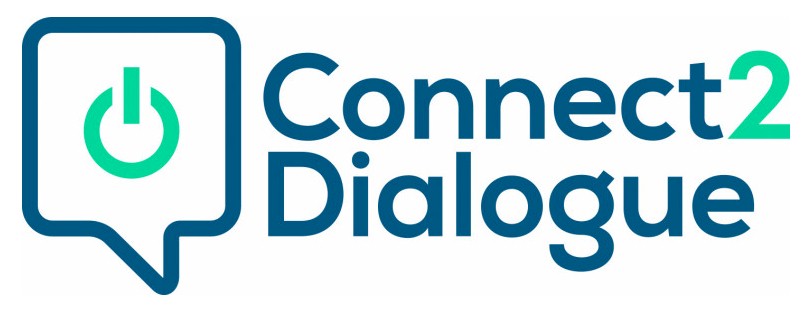Interfaith Social Media
Social Media has become a great tool to initiate dialogue, foster peaceful coexistence, and address societal issues and values. This practice can be established through different activities such as a social media campaign that encourages local residents to interview each other and to talk about their faith through video stories. The results are shared on an online repository that captures the diversity of local voices and serves as a model for other local campaigns in cities and on campuses across the country.
Another platform that would foster interfaith dialogue are blogs. The InterFaith Blog encapsulates stories of interfaith experiences from different perspectives and is run by people from different cultural and religious backgrounds. This initiative uses social media to promote active coexistence, share stories of peace and friendship, and raise awareness on mutual understanding and respect.
Social Media has become a great tool to initiate dialogue, foster peaceful coexistence, and address societal issues and values. This practice can be established through different activities such as a social media campaign that encourages local residents to interview each other and to talk about their faith through video stories. The results are shared on an online repository that captures the diversity of local voices and serves as a model for other local campaigns in cities and on campuses across the country.
Another platform that would foster interfaith dialogue are blogs. The InterFaith Blog encapsulates stories of interfaith experiences from different perspectives and is run by people from different cultural and religious backgrounds. This initiative uses social media to promote active coexistence, share stories of peace and friendship, and raise awareness on mutual understanding and respect.
Activity: Structure and Needs
This practice is really easy to establish. Organizers can collect stories in one of two ways: Through taped in-person interviews with local residents or through videos uploaded by individuals directly to the storytelling platform. Staff categorize and edit videos as needed to make them easily accessible online and sortable by faith.
The interfaith blog requires an online platform (e.g.: WordPress or Squarespace) and blog moderators. Creating and editing a blog is quite easy and is therefore accessible to anyone at any age. All one needs are stories to share. The more diversified the narratives are, the more readers will be able to identify with the writers. The diversity of writers also gives a chance to understand how people of different faiths and backgrounds experience similar situations.
Objectives: Impact and Focus
This promising practice uses social media both to share content and to encourage in-person encounters. Collaborative efforts to collect stories can themselves challenge stereotypes when individuals of different faiths are paired to conduct interviews.
Blogs have recently become huge sharing platforms for stories and articles. The interfaith field is still relatively new; thus, it offers a lot of space for people to share their stories and promote their beliefs through an InterFaith Blog. An edited blog that is closer to completion would attract more readers and would increase the amount and the interest of subscribers. This Interfaith blog focuses on people, their stories and the friendships they have that go beyond religious differences. The goal of the InterFaith Blog is therefore to raise awareness on a world where people can build friendships, learn from one another and work together, regardless of their spiritual differences.
Field Data: Examples and Sources (Activity – Organisation – Location)
1.) RavelUnravel – World Faith – New York, New York, USA
RavelUnravel was launched in September 2010, with a group of 35 diverse volunteers ranging in age from 20 to 80 years old. They set out with the goal of “Telling Omaha’s Story, One Story at a Time.” A local interfaith organization called Project Interfaith paired up volunteers, gave them a flip-cam and provided them with a set of questions: “How do you identify yourself spiritually and why? What is a stereotype that impacts you based on your religious and spiritual identity? And how welcoming do you find our community for your religious or spiritual path?” At the end, they would encourage open-ended reflection and storytelling. Through the video project, people in Omaha, Nebraska came together through conversation, in new ways and new places. Interview teams visited businesses, community centers, and different places of worship; this included the Nebraska Zen Center Heartland Temple, the Islamic Center of Omaha, as well as different community groups such as the Omaha Atheists. They also held open houses where people could drop-in for an interview. In the years following, cities and campuses around the country ran their own RavelUnravel campaigns, which were added to the initial 720 videos from Omaha (the site now has over 1,120 videos and 20 categories). Although Project Interfaith closed its doors in 2014, the RavelUnravel resource currently lives on under the auspices of World Faith, a non-profit based in New York City.
2.) Un Bonjour de Mada – Mondoblog – Antananarivo, Madagascar
Mondoblog, a French blog platform, chose a few young Malagasy writers to publish their writings on their platform. Of the writers, Fenosoa has launched her own blog called “Un Bonjour de Mada” (Hello from Madagascar). This blog aims at shedding light on Madagascar and addresses societal taboos and subjects. Aware of the growing diversity in her country, she tackles interfaith coexistence, which helped her reach a larger audience interested in this topic since the subject is quite taboo in the country.
